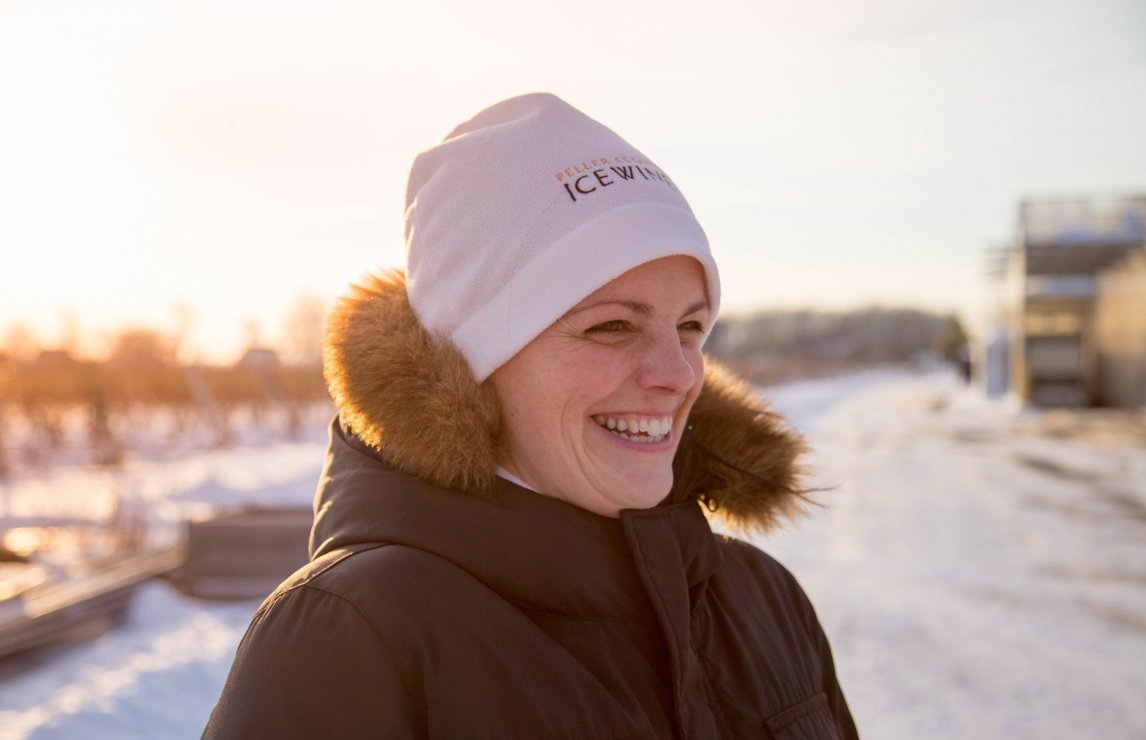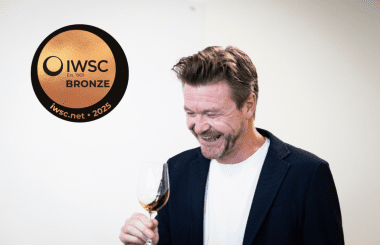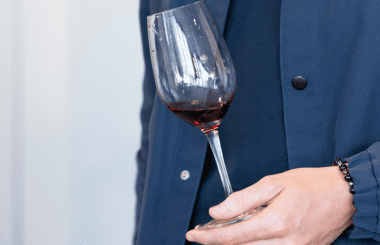Sweet Wine Producer of the Year, 2020: Peller Estates
^ Katie Dickieson, winemaker at Peller Estates in Canada, says that making icewine is one of the hardest styles to perfect
Please spare a thought for those who make icewine. Not only do they have the vagaries of the vintage to contend with, but they need to leave their grapes on the vine throughout the autumn and beginning of winter and protect them from birds and other wildlife. Not only that, but the poor souls who have to pick the grapes must do so in sub-zero temperatures in the middle of the night.
But if you get it right, the results are extraordinary – the best icewines have haunting aromas of honeyed fruit with a refreshing backbone of acidity – and one winery that consistently gets its right is Canada’s Peller Estates, winner of the 2020 IWSC Sweet Wine Producer Trophy.
Peller Estates, based in Ontario’s Niagara Peninsula, was founded by Andrew Peller, a Hungarian who arrived in Canada in the late 1920s. He planted vineyards in the Okanagan Valley in British Columbia and opened a winery, but after a series of setbacks, he decided to look further east, and bought the winery where the firm is located today – and it’s now run by the fourth generation of the Peller family.

^ Harvesting grapes destined for icewine at Peller Estates in Canada. The grapes must reach at least -8˚C to ensure the right levels of sweetness and intensity
Peller Estate’s winemaker Katie Dickieson says icewine is a particularly challenging wine to make, and that the secret is attention to detail: ‘No part of this process is easy,’ she says, ‘and in order to ensure a great end product we have to be precise in our decisions. It sounds finicky, but it is also what makes it exciting!’
She also points out that icewine is very different to other sweet wines such as Sauternes or Tokaji: ‘The way in which the sugars are concentrated is unique. Different to noble rot or drying of fruit that concentrates sugar in other sweet wines, icewine relies on that sustained freeze in the berry to produce intensely sweet, rich juice.’ In Canada, icewine grapes must reach a minimum of -8˚C before they can be picked.
Peller’s icewines certainly found favour with the IWSC judges, winning four medals, two of them Golds, each scoring an impressive 95/100pts. One of them, the Andrew Peller Signature Series Riesling Icewine 2018, offers notes of mandarin peel, dried mango, tart fresh lemon, honeyed pineapple and quince, ‘backed up with just the right amount of focused acidity to refresh and cleanse in a long, complex finale’.
The grapes from Peller’s 2020 vintage won’t be picked until well into January at the earliest – with Dickieson predicting a ‘small but prized vintage’. She’s also excited about a host of other things, including Peller selling its icewine in China, and domestically, the trend for using icewine to make indulgence glazes and sauces and also in cocktails – Dickieson’s preference is in a martini, with an appropriate garnish of frozen grapes.
It’s clear that making icewine is not an easy route to go down as it requires patience and persistence. Dickieson admits that 2018 was a challenging vintage which needed a lot of hard work to protect the grapes. But the hard work paid off: ‘The juice was pure and intense – a memorable harvest!’ she says. ‘I love that sweet wines are celebratory and special and this is something that will always hold true.’
IWSC Sweet Wine Producer
Shortlist:
- Estate Argyros
- Royal Tokaji
- Mad Wine
- Peller Estates



